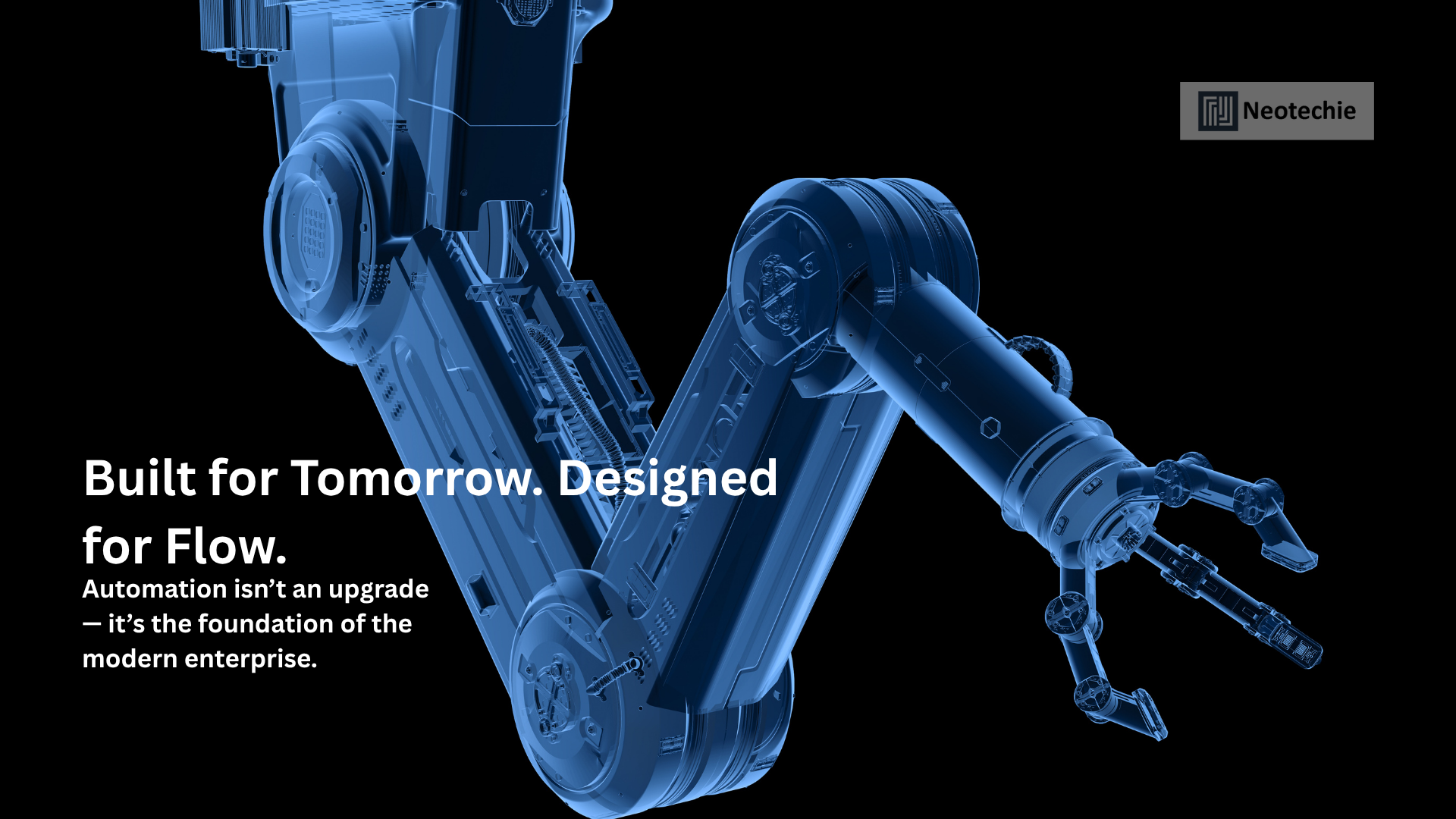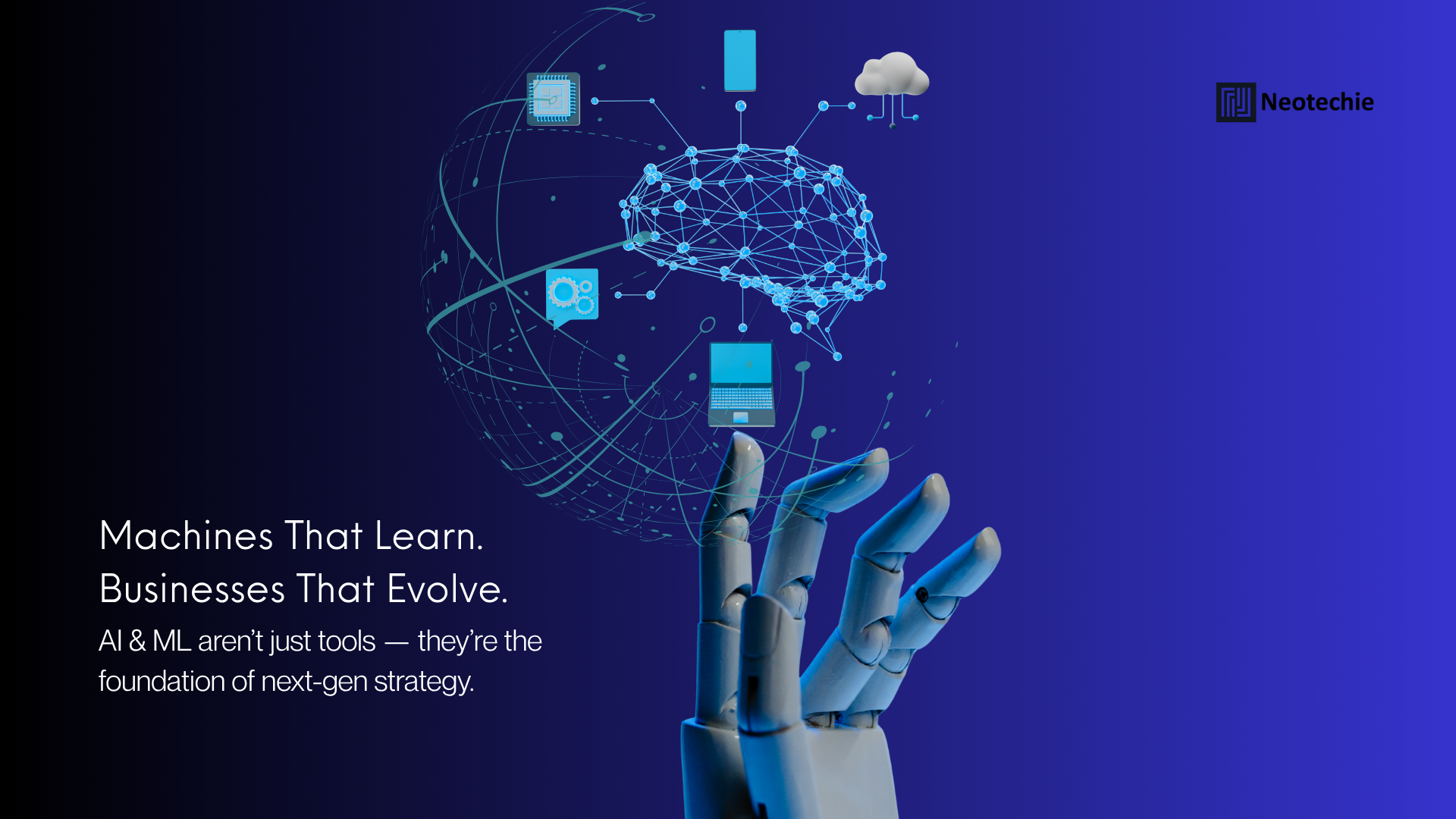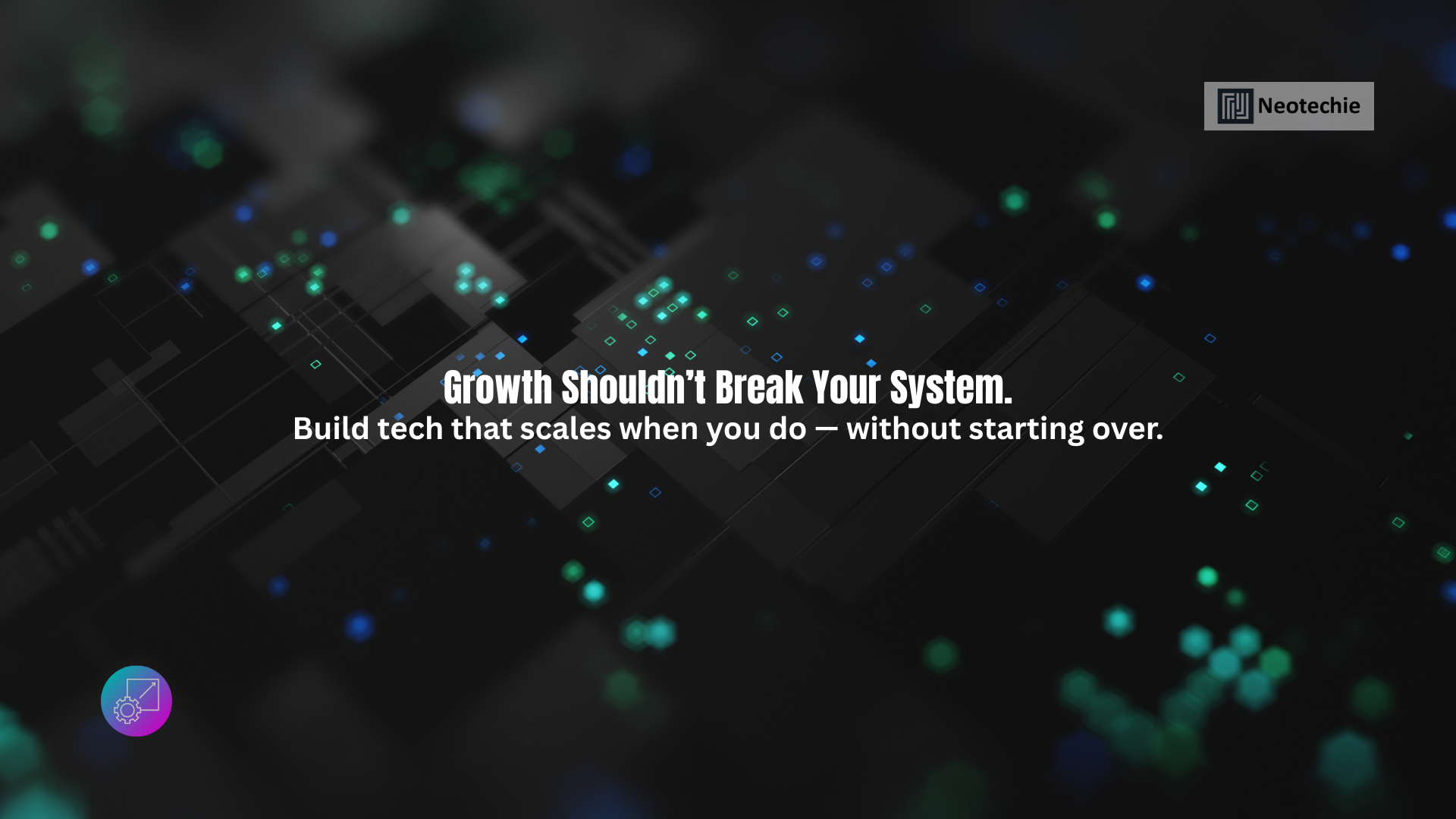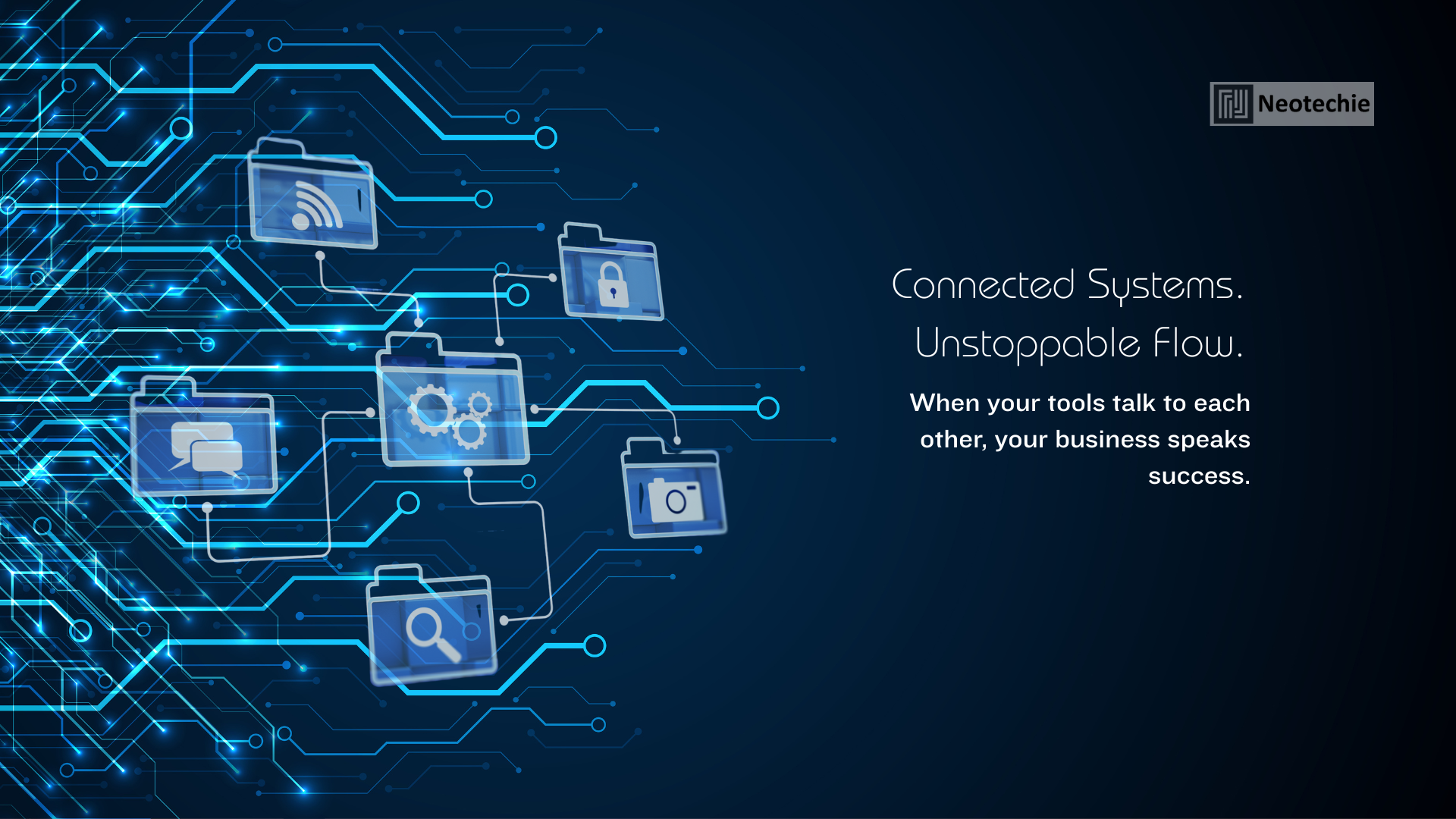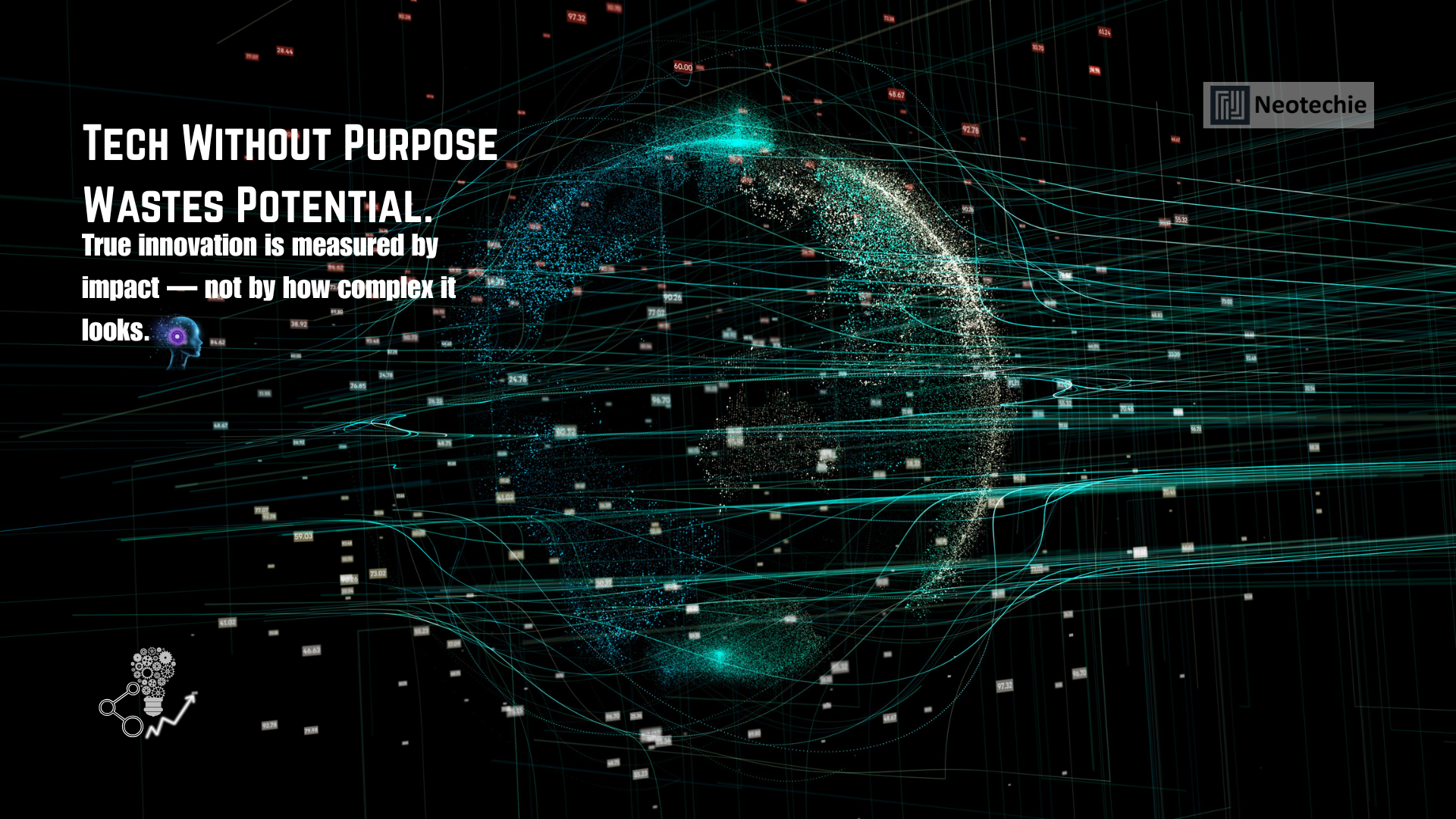Forget buzzwords—automation isn’t just about robots or software running on autopilot. It’s a strategic blueprint for reshaping how modern businesses operate, scale, and compete. From intelligent process automation to hyperautomation, the automation landscape is evolving fast—and those who understand and implement it wisely will lead the future of work.
What is Automation?
Automation refers to the use of technology to perform tasks with minimal or no human intervention. It can be physical (like robotic arms in factories) or digital (like bots automating data entry). At its core, automation is about increasing efficiency, accuracy, and scalability.
Layers of Automation:
- Basic Automation: Involves using tools or scripts to handle simple, rule-based tasks, such as auto-generating emails or updating spreadsheets.
- Process Automation: Goes beyond individual tasks and focuses on entire business processes. For example, automating the entire invoice approval workflow, from capture to payment.
- Robotic Process Automation (RPA): Uses software bots to mimic human actions—like clicking, typing, or copying data—on digital interfaces. It’s perfect for repetitive, high-volume tasks.
- Intelligent Automation: Combines RPA with Artificial Intelligence (AI) and Machine Learning (ML) to handle decision-making processes, like processing unstructured documents or emails.
- Hyperautomation: This is the convergence of AI, ML, RPA, analytics, and low-code/no-code tools to automate not just tasks, but entire end-to-end business operations. It’s the most advanced form of automation.
Why Does Automation Matter?
Automation is revolutionizing industries—not just as a productivity booster but as a strategic advantage. The ability to operate faster, cheaper, and more intelligently is reshaping how companies compete and thrive.
Key Benefits:
- Operational Efficiency: Automating workflows reduces bottlenecks and speeds up processes. For example, a bank using RPA to verify KYC documents can cut processing time from hours to minutes.
- Cost Savings: Automating repetitive tasks reduces the need for manual labor, leading to significant cost reductions in both time and personnel.
- Scalability: With digital workers (bots), companies can handle increased workloads without adding more staff. Bots work 24/7 without fatigue.
- Improved Accuracy: Eliminates human errors in data entry, calculations, and reporting. This boosts data integrity and trustworthiness.
- Compliance & Risk Management: Automated processes are consistent and auditable. This helps organizations meet regulatory requirements with ease and avoid penalties.
- Employee Empowerment: By eliminating mundane tasks, automation allows employees to focus on high-value activities like innovation, strategy, and customer service.
How Does Automation Work?
Implementing automation is a structured journey, not a one-time switch. It involves careful planning, execution, and ongoing management.
1. Process Discovery:
Use tools like process mining and task capture to analyze existing workflows. This step uncovers inefficiencies and identifies repetitive, time-consuming tasks suitable for automation.
2. Prioritization:
Not every process should be automated first. Prioritize based on:
- Volume: How often the task occurs
- Complexity: How simple it is to automate
- Business Impact: Time saved, cost reduced, or errors minimized
3. Solution Design:
Develop a blueprint of the automation. Map out:
- Input sources (emails, documents, databases)
- Decision points
- Exceptions
- Outputs and feedback loops
4. Technology Selection:
Choose tools that match the task:
- RPA Platforms: UiPath, Blue Prism, Automation Anywhere
- AI Engines: Google Cloud AI, IBM Watson
- Workflow Tools: Microsoft Power Automate, Zapier
- Document Processing: ABBYY FlexiCapture, Kofax
5. Development & Testing:
Build the automation solution using low-code platforms or programming. Simulate all use cases, including exceptions and failures, to ensure stability.
6. Deployment & Monitoring:
Roll out the automation in production. Monitor performance, manage exceptions, and ensure system reliability.
7. Continuous Optimization:
Automation isn’t a set-and-forget task. Use analytics and user feedback to refine processes and expand automation to new areas.
Core Technologies Powering Automation
- Robotic Process Automation (RPA): Performs rule-based tasks in existing applications. Ideal for high-volume, repetitive jobs.
- Artificial Intelligence (AI) & Machine Learning (ML): Enables bots to make decisions, predict outcomes, and adapt based on data.
- Natural Language Processing (NLP): Allows systems to understand, extract, and respond to human language. Useful in chatbots and document automation.
- Business Process Management (BPM): Orchestrates complex workflows across departments with rules and policies.
- Low-Code Platforms: Like Appian or Mendix, these enable non-programmers to build automation using drag-and-drop tools.
- Optical Character Recognition (OCR): Extracts text and data from scanned documents, making them machine-readable.
Challenges in Automation
While automation offers immense benefits, several roadblocks can slow or derail implementation:
- Fragmented Processes: Lack of standardized workflows makes automation difficult to implement at scale.
- Change Resistance: Employees may see automation as a threat. Change management and clear communication are essential.
- Poorly Defined Processes: Automating a broken process leads to faster failure. Process clarity is critical.
- Bot Maintenance: Automated workflows can break when applications or interfaces update. Continuous monitoring is required.
- Data Privacy & Security: Automated systems handling personal or financial data must comply with standards like GDPR or HIPAA.
The Future of Automation
Automation is transitioning from isolated tasks to fully integrated, intelligent ecosystems:
- Hyperautomation: Combines multiple technologies to automate every step of a business process, from initiation to closure.
- Autonomous Enterprises: Companies where most processes are self-managing, with humans overseeing only exceptions or strategy.
- Process Intelligence: Advanced analytics providing real-time visibility into workflows for continuous optimization.
- Democratized Automation: Empowering employees at all levels to automate their own tasks using no-code tools.
- AI-Powered Decisioning: Automation will increasingly involve making strategic decisions, not just operational ones, based on predictive analytics.
Getting Started with Automation
You don’t need a massive budget or technical team to begin your automation journey:
- Quick-Win Processes: Start with tasks like report generation, email routing, or file transfers—low risk, high reward.
- Free Tools and Demos: Platforms like UiPath Community Edition, Power Automate, and Zapier allow users to test automation use cases.
- Upskill Teams: Encourage employees to learn tools like Python, Excel macros, or RPA platforms.
- Center of Excellence (CoE): Build a dedicated team to govern and guide enterprise-wide automation with best practices and frameworks.
Final Thoughts
Automation isn’t about replacing people—it’s about amplifying their potential. The future of work will be defined by collaboration between humans and machines. Those who build a strategic, thoughtful automation blueprint will not only optimize their operations but redefine what’s possible in the digital era.

